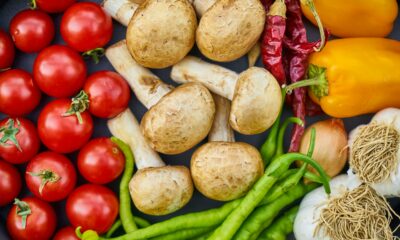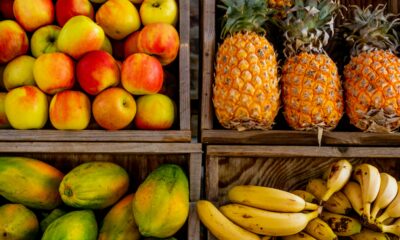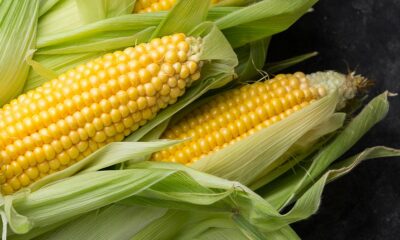Business
Sorghum’s Slow Fade: Can South Africa Revive a Forgotten Grain?

South Africa’s agri-industry is sounding the alarm over a crop that once held so much promise — sorghum. Despite being rich in nutrients, gluten-free, and ideal for both cereals and biofuel, sorghum is quietly disappearing from local fields. And the reason isn’t as simple as farmer disinterest.
According to Wandile Sihlobo, chief economist at the Agricultural Business Chamber (Agbiz), the biggest issue plaguing sorghum is not the crop itself, but consumer demand — or rather, the lack of it.
“Despite all these benefits, the sorghum industry has not taken off. The challenge is not that farmers refuse to plant it. This is due to its weak demand—consumers are not buying sorghum products like other staple grains,” Sihlobo said.
Broken Promises and Missed Opportunities
One of the most promising developments in the sorghum sector was a proposed biofuel plant in Bothaville. Backed by Mabele Fuels and the Industrial Development Corporation (IDC), the project aimed to create over 16,000 jobs and absorb a significant portion of the country’s sorghum output — triple what South Africa was producing at the time.
But it never happened.
“The government was the key player… Unfortunately, the government incentives fell short, and the process did not materialise,” Sihlobo said.
The failure to launch such initiatives has left farmers with few options. Without a strong domestic or industrial market, many have shifted to more profitable crops like maize.
From Export Dreams to Import Reality
South Africa is now a net importer of sorghum, a strange reality given the crop’s historical and cultural significance. As Francois Rossouw, CEO of the Southern African Agri Initiative (Saai), puts it:
“Local production is insufficient to meet even our modest domestic demand… especially for key uses like traditional African beer brewing and sorghum-based cereals such as Maltabella.”
Maltabella, once a breakfast staple, is rich in dietary fibre, iron, and low in glycemic index. Despite its health advantages, it’s losing shelf space in modern supermarkets, squeezed out by trendier cereals.
The Economics Behind the Decline
Farmers aren’t blind to sorghum’s potential, but economics matter. Better margins in maize and an inability to compete with low-cost international producers, such as the United States, are keeping sorghum off the planting schedule.
To reverse the decline, Rossouw and Sihlobo agree: South Africa must invest in demand stimulation, export development, and innovation.
“We need to stimulate local demand, explore export opportunities, and invest in research and seed development to improve productivity and reduce production costs,” Rossouw noted.
What Needs to Happen Next?
-
Consumer Education: Highlight sorghum’s nutritional value to boost demand.
-
Government Incentives: Offer stronger, more effective support to encourage sorghum farming.
-
Market Access: Revisit trade prospects in countries like Cameroon, Sudan, Japan, and Mexico.
-
Private Sector Investment: Revive biofuel and food-processing projects to secure stable demand.
Without decisive action, South Africa may continue to import a crop it could — and should — be producing itself. The time to rethink sorghum’s future is now.
{Source: IOL}
Follow Joburg ETC on Facebook, Twitter , TikTok and Instagram
For more News in Johannesburg, visit joburgetc.com



























